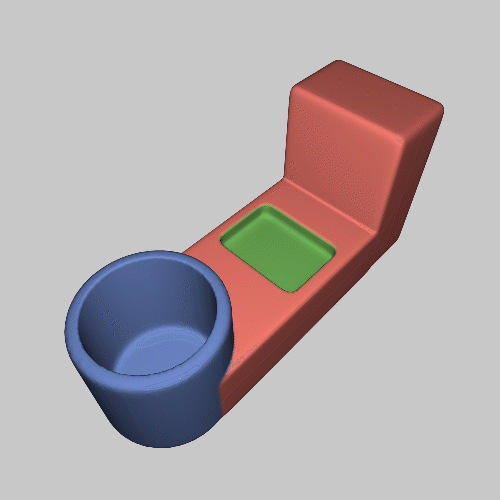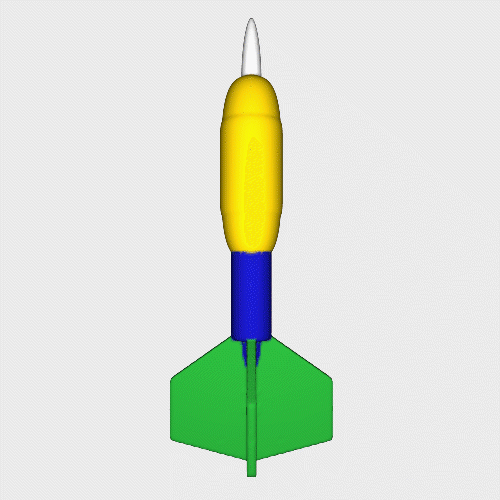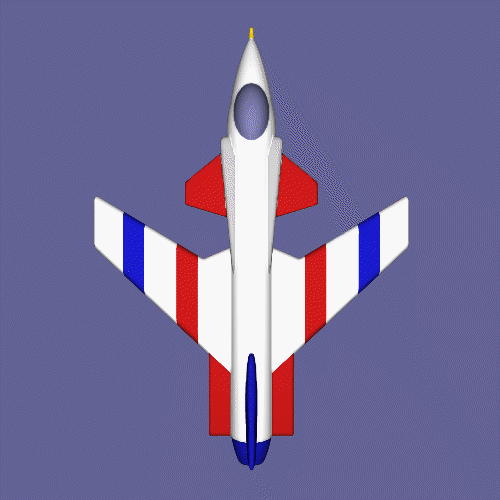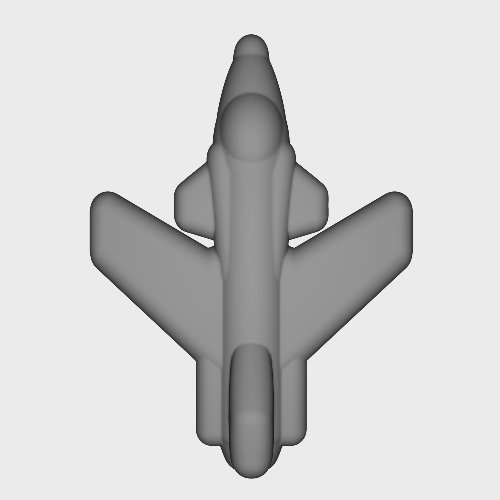My work in geometric modeling began with my Master's project, which involved the development of algorithms for the fitting and smooth-shading of Steiner surfaces (See Breen 1986). I also developed an algorithm for CSG evaluation (Constructive Cubes) based on spatial enumeration and the Marching Cubes algorithm (See Breen 1991). The Constructive Cubes (CC) Algorithm was later extended to become a major component of a 3-D scan conversion algorithm. (See Breen et al. 1998). This algorithm may be used to generate a distance volume from a CSG model consisting of superquadric primitives. A distance volume is a volume dataset where each voxel stores the shortest distance to the object embedded in the volume. The extended CC algorithm is used to calculate shortest distance/closest point information in a narrow band around the evaluated surface of the CSG model. A Fast Marching Method is then employed to propagate the shortest distance/closest point information to the remaining voxels in the volume. Distance volumes provide the initial input for a 3-D morphing algorithm. They may also be used to generate offset surfaces from the original CSG model. Recently, the scan conversion method has been extended to also create color and closest-point volumes, which may be used to color-shade the surface models extracted from the distance volume. (See Breen et al. 1999, 2000).
Recently I have been involved in two projects investigating algorithms for extracting adaptive, multiresolution meshes from volume datasets. (See Wood et al. 2000, and Gavriliu et al. 2001). These approaches are useful for extracting high-quality meshes directly from volumes, rather than first generating Marching Cubes meshes, which are then cleaned up as a post-process.
 An improved CSG model evaluation produced by a 3D distance scan conversion
algorithm
An improved CSG model evaluation produced by a 3D distance scan conversion
algorithm
 A polygonal model of a dart extracted from a distance volume scan converted from a CSG model
A polygonal model of a dart extracted from a distance volume scan converted from a CSG model
 A polygonal model of an X-29 jet extracted from a distance volume scan converted from a CSG model
A polygonal model of an X-29 jet extracted from a distance volume scan converted from a CSG model
 Offset surfaces generated from a distance volume
Offset surfaces generated from a distance volume
 Shaded offset surfaces generated from distance, color and closest
point volumes
Shaded offset surfaces generated from distance, color and closest
point volumes
 Adaptive Multiresolution Mesh Extracted From a Level Set Segmentation
of a Diffusion Tensor Scan of a Human Brain
Adaptive Multiresolution Mesh Extracted From a Level Set Segmentation
of a Diffusion Tensor Scan of a Human Brain